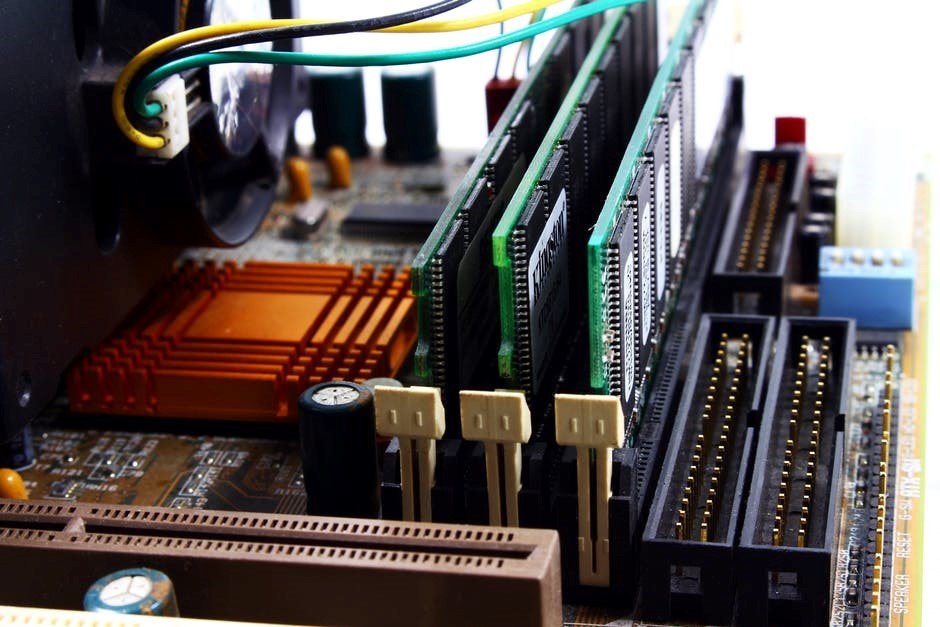Have you gotten a popup notification that your computer has run out of memory? Is your computer performance more sluggish than usual? Is your fan working overtime to cool down the hardware?
These are all signs you may want to check out your RAM. By doing so, you can learn how much RAM you have to work with. Then, you can reduce RAM usage, which can improve and enhance overall performance.
That said, you might wonder: “How much RAM is on my computer?” and “What is RAM exactly?” You’ve come to the right place. Below, you can learn everything you need to know about RAM, including how to free it up.
What Is RAM, and Why Does It Matter?
RAM is short for random-access memory. You can think of it as your computer’s short-term memory. It stores temporary files, like working data, that you may need to access again soon.
The temporary data can include everything from web browser files to video game files. By storing this type of information, the computer doesn’t have to go back through the hard drive to find the files all over again. Instead, the machine can simply access the RAM memory and pull what it needs.
In short, RAM stores temporary data to improve performance on your device, with little-to-no latency. However, RAM memory chips can’t keep data forever and will wipe data when powered down. They’re ideal for running high-speed tasks but can’t support your entire computer memory.
There are a few different types of RAM, but regardless, you want to have a minimum amount of RAM available. Generally, the more RAM your machine has, the better it will perform. But depending on the size of the machine, it may not need a ton of RAM to function at a high level.
For example, RAM memory for laptops should land around 8GBs minimum. Tablets will only need around 2-4GBs, while high-end gaming computers will need 32GBs. Determining how much RAM you need will depend on how many and what type of applications you plan on running.
How Can I Find How Much RAM Is on My Computer?
Figuring out how much RAM is on your computer will help you understand its performance better. If you have a small amount of RAM and you’re running a dozen applications at once, it’s probably the reason behind any sluggish performance.
Finding your device’s RAM shouldn’t prove too difficult, but it will be different based on the operating system.
For Windows 10 operating systems, you can find your RAM by typing “about” into the search field on the taskbar and clicking “About Your PC.” Alternatively, you can click the Start menu and select the gear icon for settings. Then, click “System” followed by “About,” which should appear at the bottom of the left menu.
On the “About” page, you should see a listing for “Installed RAM” under “Device Specifications.” Next to the amount of RAM measured in GBs, you may see a “usable” amount in parentheses. This is because your device requires a certain amount of RAM to run basic operations, which is subtracted from the installed RAM.
If you’re using older versions of Windows, the process shouldn’t look too different. Navigate to the Start menu and look for “Computer” and “Properties.” You should find the RAM amount listed there.
On the Mac operating system, you can click the Apple icon in the menu bar at the top of the screen. This will open the Apple menu, and from here, you can select “About This Mac.” Here, you should see the RAM listed as “Memory” on an Overview page.
If you find your device doesn’t have enough RAM and you’re pushing it to the max, it may be time for a RAM memory upgrade. The process of installing more RAM is fairly easy on a computer. But if your device is stuck with the RAM it has or you don’t want to deal with the hassle of upgrading, you can try to free up RAM in other ways.
How Can I Free Up Ram?
Again, the process of freeing up RAM differs based on the operating system. To start, though, you should close any unneeded applications, programs, or browser tabs you may not need. This could have an immediate impact on performance, but if not, you may have to dig deeper.
If you’re on Windows, you can take a closer look at memory usage by opening the Task Manager. To do so, press Ctrl+Alt+Delete, then select Task Manager. You can also access it by searching for “Task Manager” in the search field or by pressing Crtl+Shift+Esc.
With the Task Manager pulled up, look at the “Memory” column. It should list a percentage, like 52%, of the memory being used at the moment. Below that, you can see how much RAM each program is using.
To help reduce RAM usage, you can sort the column in descending order by clicking on the “Memory” field. Identify which programs hog the most memory and shut them down, if you can. You may think you’re not running many applications, but some stay on in the background and steal RAM power.
To close out these programs, you can right-click on the task and select “End task.” As you do so, you should notice a bump in performance.
If you want to free up RAM on your Mac, you can start by navigating to the Activity Monitor. To do so, press Command+Space and type “Activity Monitor” into Spotlight. From here, you should see a Memory tab, and on that page, you will see a graph of RAM usage and a list of all applications using RAM.
From here, the process is the same. Close out any programs hogging the memory, and you should improve overall performance. If you’ve taken a look at your RAM usage and find it isn’t being taxed too heavily, your performance issues may be coming from somewhere else.
Further Computer Maintenance Can Improve Performance
Now, you know the answer to the question, “How much RAM is on my computer?” You’ve also learned how to reduce memory usage to enhance performance. What’s next?
Taking care of your device, whether it’s a tablet, computer, or laptop, doesn’t stop there. By learning more about how your device works, you can conduct additional maintenance to keep it running better for longer.
Looking for other ways to improve your computer’s performance? Check out the Technology section of our site, where you can also read the latest trends in tech.


